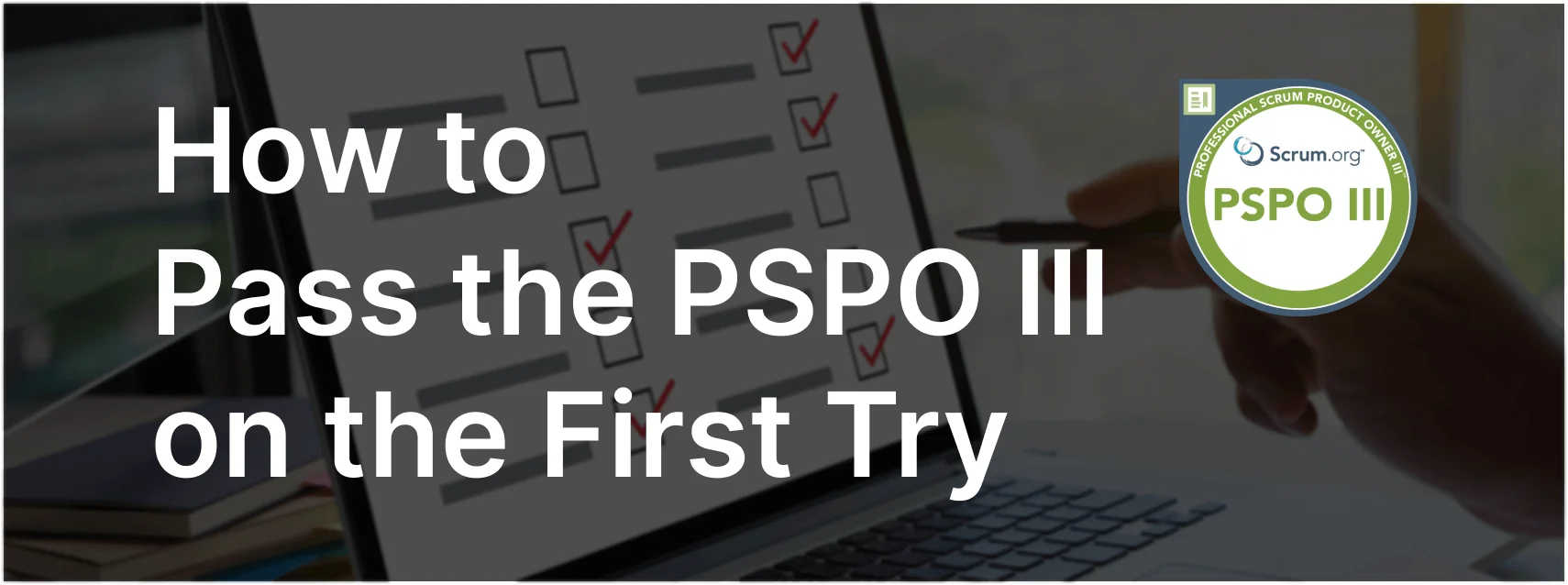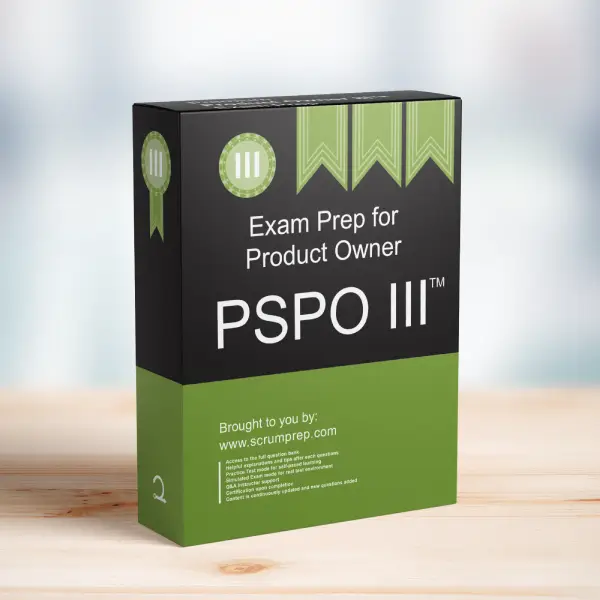Managing Risk with Scrum: How Scrum Elements Help Mitigate Uncertainty
The Scrum framework is designed to help teams and organizations manage risks more effectively. By promoting transparency, inspection, and adaptation, Scrum enables teams to identify, assess, and mitigate risks throughout the development process. Here are three specific examples of how various Scrum elements help manage risk.
Exam Question
The Scrum framework helps people and organizations to manage risks more effectively.
In this context, provide three specific examples of how various Scrum elements help to manage risk.
Explanation
1. Time-Boxed Sprints
- Description:
Sprints are short, time-boxed iterations, typically lasting between one and four weeks, during which the Scrum Team works to deliver a potentially shippable Increment of the product. The time-boxed nature of Sprints ensures that any risk is contained within the short duration of the Sprint. - How It Manages Risk:
By limiting the work to short, fixed-length cycles, the team can quickly identify and address risks before they escalate. This approach reduces the impact of any issues or unforeseen challenges, as the team can inspect the outcome at the end of each Sprint and adapt their approach accordingly in the next Sprint. It also allows the team to incorporate feedback more frequently, which helps in mitigating risks related to customer satisfaction and product-market fit. - Example:
If a team encounters a technical challenge during a Sprint, the impact is limited to that Sprint’s duration. The team can review the issue during the Sprint Review or Retrospective and adjust their approach for the next Sprint, thereby managing the risk without significant delays to the overall project.
2. Daily Scrum
- Description:
The Daily Scrum is a short, daily meeting where the Developers align their work and plan for the next 24 hours. The focus of the Daily Scrum is on synchronization, identifying obstacles, and ensuring that the team is on track to meet the Sprint Goal. - How It Manages Risk:
The Daily Scrum helps manage risk by providing a regular opportunity for the team to align on their progress and plan. By discussing challenges and dependencies every day, the team can quickly detect risks and take corrective action before they become significant problems. This frequent inspection and adaptation process minimizes the likelihood of surprises and keeps the project on track. - Example:
If a Developer identifies a dependency issue during the Daily Scrum, the team can address it immediately, either by finding a workaround or by seeking assistance from the Scrum Master. This proactive approach prevents the risk from causing delays or impacting the Sprint Goal.
3. Sprint Review
- Description:
The Sprint Review is held at the end of each Sprint and involves the Scrum Team and stakeholders. During the Sprint Review, the team presents the Increment to stakeholders, who provide feedback on the work completed. The Product Owner also discusses the Product Backlog and potential future work. - How It Manages Risk:
The Sprint Review helps manage risk by fostering transparency and facilitating early feedback from stakeholders. By presenting the Increment and discussing progress regularly, the team can identify any misalignment with stakeholder expectations early and make necessary adjustments. This reduces the risk of developing features that do not meet customer needs or business goals. - Example:
If stakeholders express concerns about the direction of the product during a Sprint Review, the Scrum Team can adapt their approach in the next Sprint, ensuring that the product continues to align with stakeholder expectations and reducing the risk of rework or project failure.
Relevance to the PSPO III Exam
For Product Owners preparing for the PSPO III exam, understanding how Scrum elements contribute to risk management is essential. This knowledge demonstrates an advanced understanding of Scrum’s ability to mitigate risks through its built-in mechanisms for transparency, inspection, and adaptation.
Key Takeaways
- Time-Boxed Sprints: Limiting work to short, fixed-length Sprints helps contain risks and allows for frequent adaptation.
- Daily Scrum: Regular daily alignment enables the team to identify and address risks early, preventing them from escalating.
- Sprint Review: Frequent stakeholder feedback reduces the risk of misalignment with business goals and customer needs.
Conclusion
The Scrum framework is inherently designed to manage risk through its various elements, such as time-boxed Sprints, the Daily Scrum, and the Sprint Review. By promoting frequent inspection and adaptation, Scrum ensures that risks are identified and addressed early, minimizing their impact on the project. For more insights on risk management in Scrum and to prepare for the PSPO III exam, visit our PSPO III Exam Prep.



